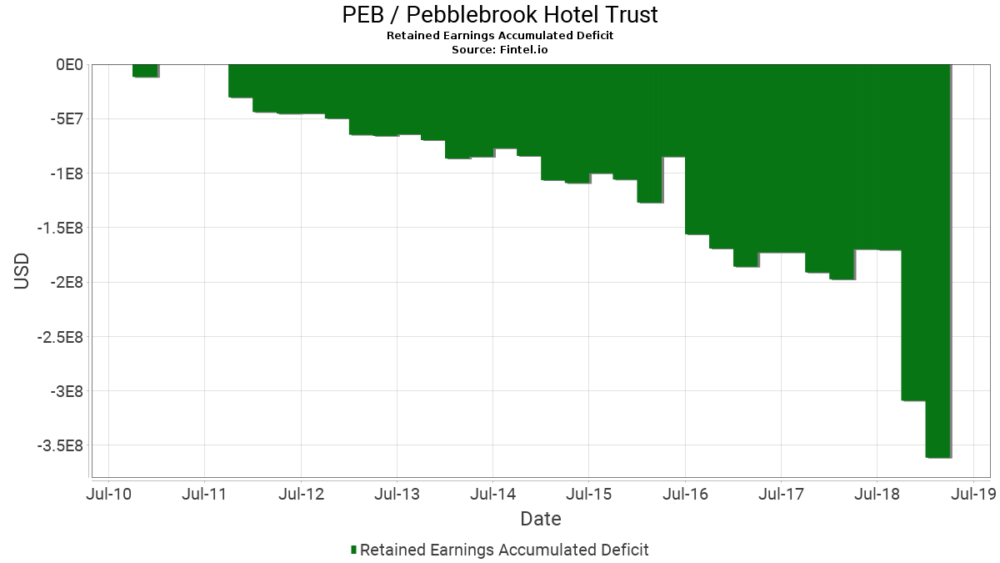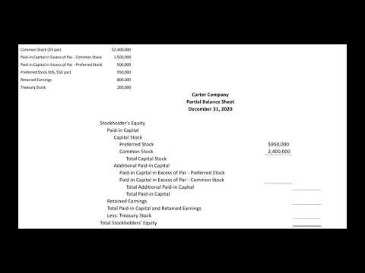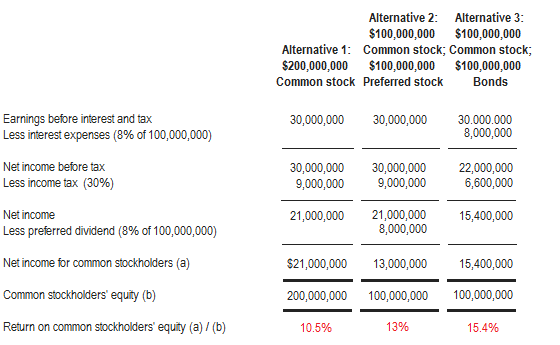Content

If a debit memo is not in the BOS file, you can add it manually on the Invoice screen. If you do, add the debit memo to the original invoice, using the current date as the invoice date. Adding the debit to the original invoice ensures the debit memo invoice item contains all the original data. Using the current date ensures the current ARC report includes the debit memo.
If the credit balance is significant, the business would probably refund the customer rather than generate a debit memo. There are several uses of the term debit memo, which involve incremental billings, internal offsets, and bank transactions. The process of a debit note is very similar to that of a credit note. Debit notes should always be kept for your accounting records, as a formal and evidential document. Due to billing mistakes, service interruptions, or confusion about invoices, a customer might contact you to contest a charge on the invoice. In such cases, you might need to issue a credit or debit memo to resolve the dispute.
Elements to Include in a Debit Memo
An NSF fee or non-sufficient funds fee is incurred when a bank account does not have enough money to cover a payment. An allowance for doubtful accounts is a contra-asset account that reduces the total receivables reported to reflect only the amounts expected to be paid. Accounts ReceivableAccounts receivables is the money owed to a business by clients for which the business has given services or delivered a product but has not yet collected payment.

When this happens, the fees work as more of an adjustment instead of a specific transaction. Then, it gets debited from your account and is then recorded as a debit memo. In some cases, debit memos can get used to help rectify inaccurate account balances. Keep in mind, a debit memorandum is a debit to the sender’s accounts payable and a credit to the receiver’s accounts receivable. Debit memos and credit memos are closely related to each other. Although a debit note adds an extra payable amount to the original invoice.
Definition and Examples of a Debit Memorandum
Funds, such as charges and fees, were deducted from a buyer’s credit or prepaid balance. Company A and Company B post journal entries into their accounting systems to record the respective purchase return and sales return transactions. A Debit Memo is a document raised by the accounts to increase the value of Accounts Receivables without affecting the original Invoice Value.
For example, if the amount to change is in Dept 6, click Dept 6. The system recalculates the subtotal and total amounts. In the Inv Total box, enter the total amount of this invoice. Emilie is a Certified Accountant and debit memo accounts payable Banker with Master’s in Business and 15 years of experience in finance and accounting from large corporates and banks, as well as fast-growing start-ups. Company A contacts Company B to explain the price increase.
Bank statement debit memos
A debit memo is an accounting document issued in commercial transactions. Traders use it for financial adjustment, not a typical transaction. It is issued by either the buyer or the seller when the other party owns money after the payment has been made. Apply credit memos to invoices and debit memos to settle outstanding balances. In many countries, credit and debit memos are actually required by law for adjusting invoices.
- Instead of a traditional transaction, an adjustment is notified to you via a debit memo.
- Reapply the memos to other invoices and debit memos.
- If the credit memo is not taxable, leave the Tax Category field blank.
- Therefore, debit notes are issued before a credit note can be created by the supplier.
- In such cases, you can issue a prorated credit to your customer.
A bank creates a debit memo when it charges a company a fee on its bank statement, thereby reducing the balance in the company’s checking account. Thus, if a bank account has a balance of $1,000 and the bank charges a service fee of $50 with a debit memo, the account then has a remaining balance of $950. Of the usages noted here, bank transactions represent the most common usage of debit memos. This screen is used to enter credit or debit memos received from your vendors. Credit notes are usually adjustment invoices sent by suppliers, and they are usually for negative dollar amounts. These differ from voucher adjustments, because in the case of a credit note, the supplier is sending the purchaser a formal notice of the change.
Debit Memorandum (Memo) Definition
Company A issues a debit note – containing all the relevant information including the original purchase amount and VAT. A debit note is given distinctly on account of credit purchase, and the other one is given uniquely on account of the credit sale. Payment received for an invoice previously written off as bad debt, where a debit memo replaces the original invoice and the payment receipt is applied against it. When an original invoice is sent with an amount that was too low, a debit memo may be sent with the incremental correction. This method is not commonly used because most companies reissue an invoice with the corrected amount instead. Debit memos can also be used in invoicing, such as when debt that was previously written off is recovered.
An exchange that decreases Amounts Receivable from a customer is a credit reminder. A debit memo is an exchange that reduces Amounts Payable to a vendor since; you send damaged merchandise back to your vendor. In the meantime, the seller sends a debit note to the buyer with each delivery, as well as a periodic statement of total outstanding amounts payable. Company B receives the debit note and issues a credit note as proof of reimbursement to Company A after reviewing and approving the request. Company A creates a debit note and sends it to Company B along with the return of the 100 damaged products, requesting that Company B debits the amount due from Company A by $1,000.
Free ToolsInvoice Generator Easy-to-use generate invoices through this free tool. Comparison Get to know the difference between two estimating & invoicing software. Alternatives Know which is the best software in the estimating & invoicing industry.

What is debit note in accounts payable?
A debit note, or a debit memo, is a document issued by a seller to a buyer to notify them of current debt obligations. You'll commonly come across these notes in business-to-business transactions — for example, one business may supply another with goods or services before an official invoice is sent.
